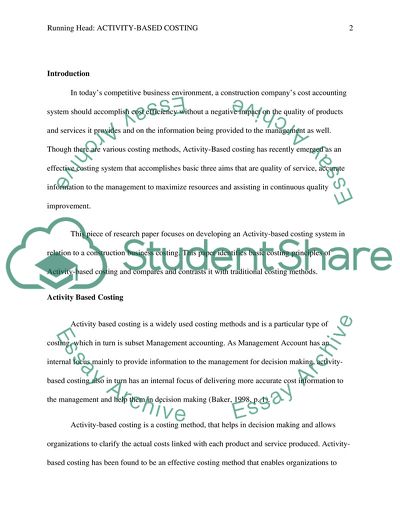Cite this document
(Development of an Activity-Based-Costing (ABC) System Research Paper, n.d.)
Development of an Activity-Based-Costing (ABC) System Research Paper. Retrieved from https://studentshare.org/finance-accounting/1747339-a-study-into-development-of-an-activity-based-costing-abc-system
Development of an Activity-Based-Costing (ABC) System Research Paper. Retrieved from https://studentshare.org/finance-accounting/1747339-a-study-into-development-of-an-activity-based-costing-abc-system
(Development of an Activity-Based-Costing (ABC) System Research Paper)
Development of an Activity-Based-Costing (ABC) System Research Paper. https://studentshare.org/finance-accounting/1747339-a-study-into-development-of-an-activity-based-costing-abc-system.
Development of an Activity-Based-Costing (ABC) System Research Paper. https://studentshare.org/finance-accounting/1747339-a-study-into-development-of-an-activity-based-costing-abc-system.
“Development of an Activity-Based-Costing (ABC) System Research Paper”, n.d. https://studentshare.org/finance-accounting/1747339-a-study-into-development-of-an-activity-based-costing-abc-system.


